Do you know the names of Cheptegei, Kiplimo, Chemutai or Kiprotich? They are neither singers nor footballers nor politicians, but they are all very well known people in Uganda. They are some of the thousands of athletes that exist in the country and who stand out for being (with the Ethiopians and Kenyans) the fastest over long distances. In fact, Cheptegei has the best world record in the distances of 5,000m (with a time of 12 minutes and 35 seconds) and 10,000m (with a time of 26 minutes and 11 seconds); although Kiplimo (born in 2000) follows closely behind him.
The majority of athletes in that country come from the Kapchorwa region. Located in northeastern Uganda, it is at a high altitude. We were lucky enough to spend a few days with them and be able to talk with some Olympians like Fred, watch them train, and talk with their manager Peter Chelangat. If you want to read our experience in the Sipi and Kapchorwa area, you can click here.
It is six o’clock and the sun has recently risen. In the morning, you already find athletes training on the road and on the ground (as they call the athletics track) of Kapchorwa hundreds of boys and girls also want to train. Some of them go barefoot, some girls in skirts, and some boys in long pants as they go around the ground following the advice of different adults who try to work with the new and future generation of athletes.
Peter Chelagat, manager of some Ugandan Olympic athletes, tells us that they have been surprised by this unexpected boom to run for the different boys and girls of Kapchorwa. “The athletes who are winning medals and who appear on television have become references for these boys and girls. They all want to be like them, and that is also a great responsibility for the athletes,” says Peter Chelagat. He is concerned that this boom will not be carried out in the best way, causing serious injuries to children who perhaps because of their age should not run as much, or that it affects their growth. For this reason, he hopes that the entire community will become aware of the risk that it can entail and that they work in a global way (with education, nutrition, health…) to control the running boom that has emerged in Uganda in recent years. years. “They are the future, they are the New Generation of athletes, but we must take care of them“, says Peter who tells us that many times the same Kiplimo or Cheptegei go to the ground with the boys and girls to give them advice and train with them.
It is eight in the morning, and it is time for the children to leave and give the ground to adult athletes who, in small groups, are training different series. “1,000 meters at 03:00, then 1,000 meters at 02:58 and finally 1,000 meters at 02:55. If you want, can you join in?” one of the leading athletes tells us before starting to run around the ground and kick out the last children who, distracted, are still in the middle of the field. In this group, there is also a European athlete who trains with them to improve their personal records. There, amateur athletes are also invited to train every day with them, improve their performance, and enjoy the nature that this environment offers with the Sipi Falls or the views of Mount Elgon. However, the athletics fields should not be imagined like the ones we see on television or have in our municipal stadiums. There, the stadium is a circle without lines, of loamy earth, that is neither level nor paved, and with impressive views of the Kapchorwa region. In fact, training like this is may be one of the keys that explains their success in long distances… And here in Uganda, everyone walks and runs to go everywhere.
In any case, Peter Chelagat tells us that the secret of his speed over long distances is the fact that he runs at high altitudes (more red blood cells are generated) as well as his genes. “We are from the Kalenjin tribe, and we share the same genes with other Rift Valley peoples such as Ethiopians or Kenyans,” says Peter. And it is why the main athletes who win the long distances competitions are originally from those countries.
Olympic athletes prefer to train close to home than in Kampala, the Ugandan capital, where there are different training centers. “There, the temperatures are higher, with a lot of humidity and also with a lot of pollution. Here we are better, with family and friends, training and living as we have always done,” commented Fred Musobo, one of the athletes who ran the Marathon from the Tokyo Olympics with a time of 2 hours, 18 minutes and 39 seconds; and Felix Chemongues, champion of the Toronto Marathon in 2019 with a time of 02:05:12 which is the best time that has ever been done in this Marathon.
And, in fact, next to the Kapchorwa ground, we were lucky enough to visit a house where different athletes who train every day share their lives. On Mondays they all train together and on Thursdays they train the long distances. Everyone has their own training program, and everyone (including young Kiplimo) lives there while training daily to improve their results.
The Tokyo Olympic Games also made headlines in Uganda because, for the first time in history, a 22-year-old Ugandan athlete won a gold medal at the Olympics. And, obviously, she was born in Kapchorwa. Peruth Chemutai, in the 3,000 meter steeplechase, with a time of 9 minutes and 1 second, surpassed her Kenyan and North American rivals, making history in Ugandan athletics and giving prominence to a women’s athletics that is becoming increasingly important in Uganda. Esther Chebet, Sarah Chelangat or Juliet Chekwel are also Olympic athletes with whom we were lucky enough to talk with one of them. On the ground, more and more girls are seen helping the New Generation to also bring successes to women’s sports.
In the Kapchorwa region, many athletes train every day. Sometimes on the road you will come across Cheptegei or Chemutai training… Anyway, one of the main problems that many athletes have is the lack of recognition. Only the first ones and those who have Olympic medals are recognized by the people and even receive gifts from the president such as new cars, new houses, etc… but those who are left behind and who also train with great constancy, find it difficult to achieve this recognition and, therefore, being an athlete is also a difficult task. “Only a few go to fame and success,” say some local Kapchorwa habitants.
Currently, the construction of the High Altitude Training Center is being completed, located in the town of Teryet (2,573 meters above sea level) located at the foot of Mount Elgon and 12 kilometers from Kapchorwa. A project ordered by President Museveni in 2010 to commemorate athlete Moses Kipsiro and the two gold medals (5,000m and 10,000m) he won in 2010 in Delhi during the Commonwealth Games. With this center, they hope that many athletes will be able to train in better conditions to continue achieving worldwide results.
“The future is assured. We are a tribe with special genes and an ideal place to run. The key is to see how we can work better to ensure that the New Generation makes adequate progress, that children have the necessary materials and opportunities, and how we can give back to the entire local community for these achievements“, says Peter Chelagat. Sports tourism is still underdeveloped in the Kapchorwa area, and the challenge of integrating it with local businesses and people from the Kapchorwa region is one of the short-term projects that must be worked to achieve sustainable and beneficial tourism for the people and the inhabitants there. “International companies have come here to make documentaries, we have opened our doors to them, we have taught them everything, they have made very beautiful reports that have been released all over the world; but in the end nothing comes to us,” Chelagat complains.
Kapchorwa has an ideal environment to stay ahead of the podium over long distances. It has really been an experience to be able to see how these athletes train, their day to day, and to be able to share a few hours of time with them. The New Generation is very numerous and comes with great force.
It is Thursday, the day of long distance training, and we see how the first athlete reaches the open space next to the ground after having run 20 kilometers accompanied by a morning rain. While the breath rests, we approach the same time as a girl who minutes before was training series on the ground. They are a boy and a girl who do not come of age but who are among the best athletes in their class. We asked them what their dream is and they are both clear about it: “To be an Olympic medalist”


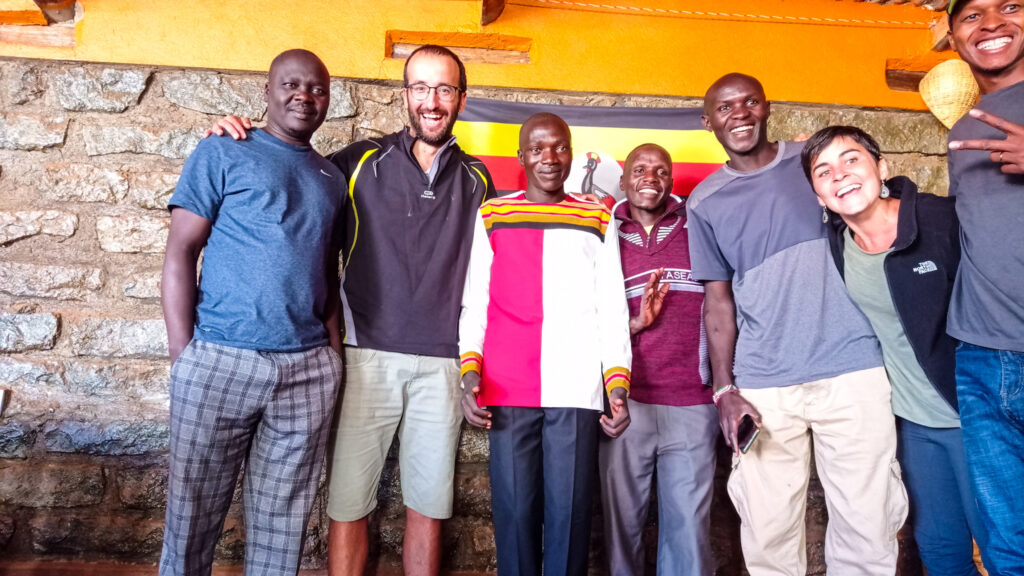




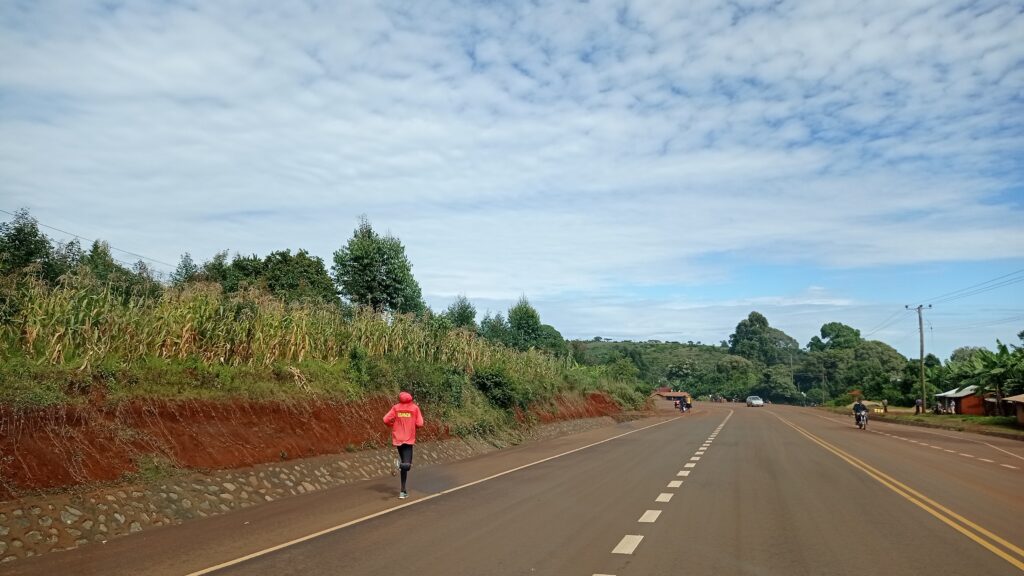



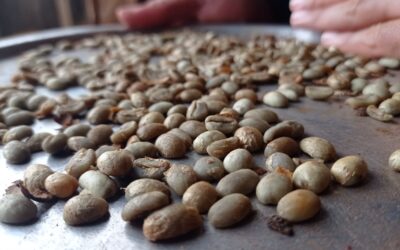
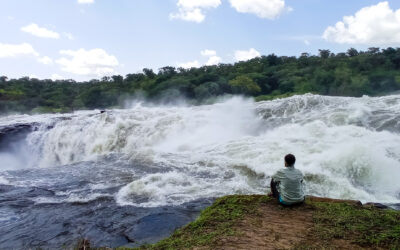
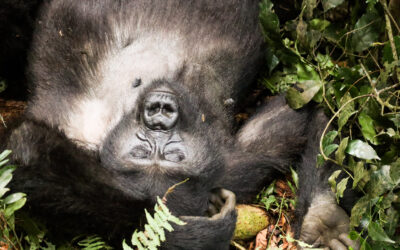
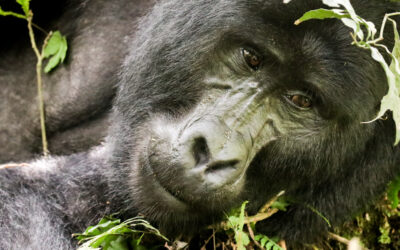
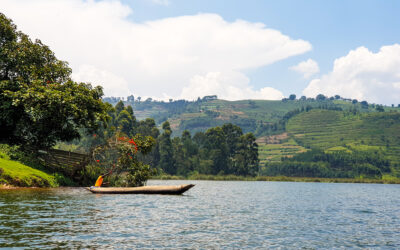


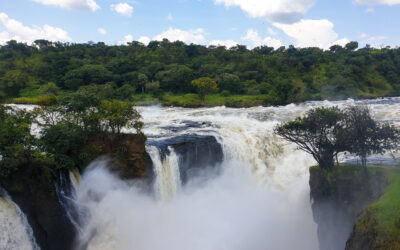
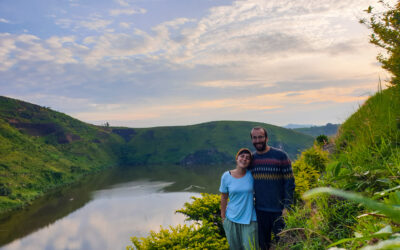
0 Comments